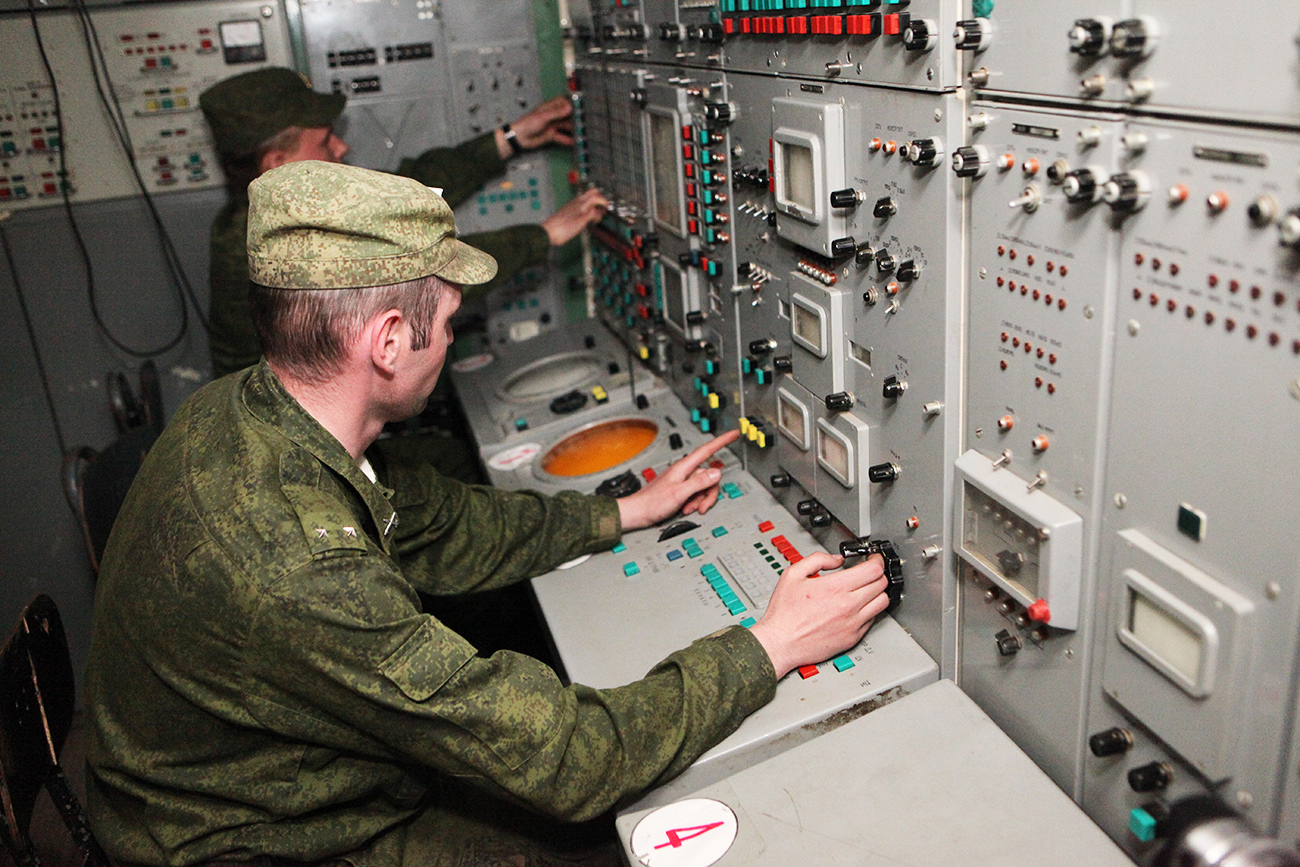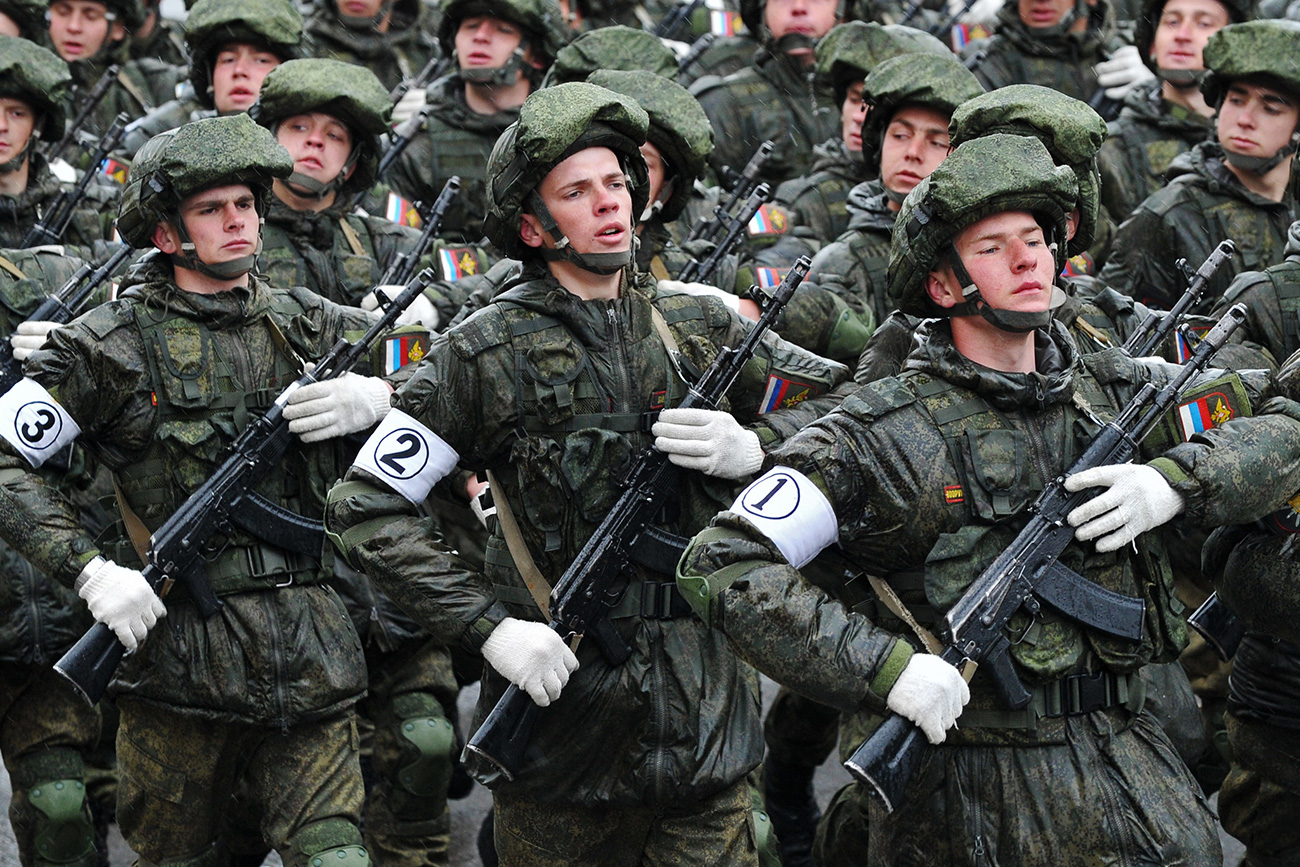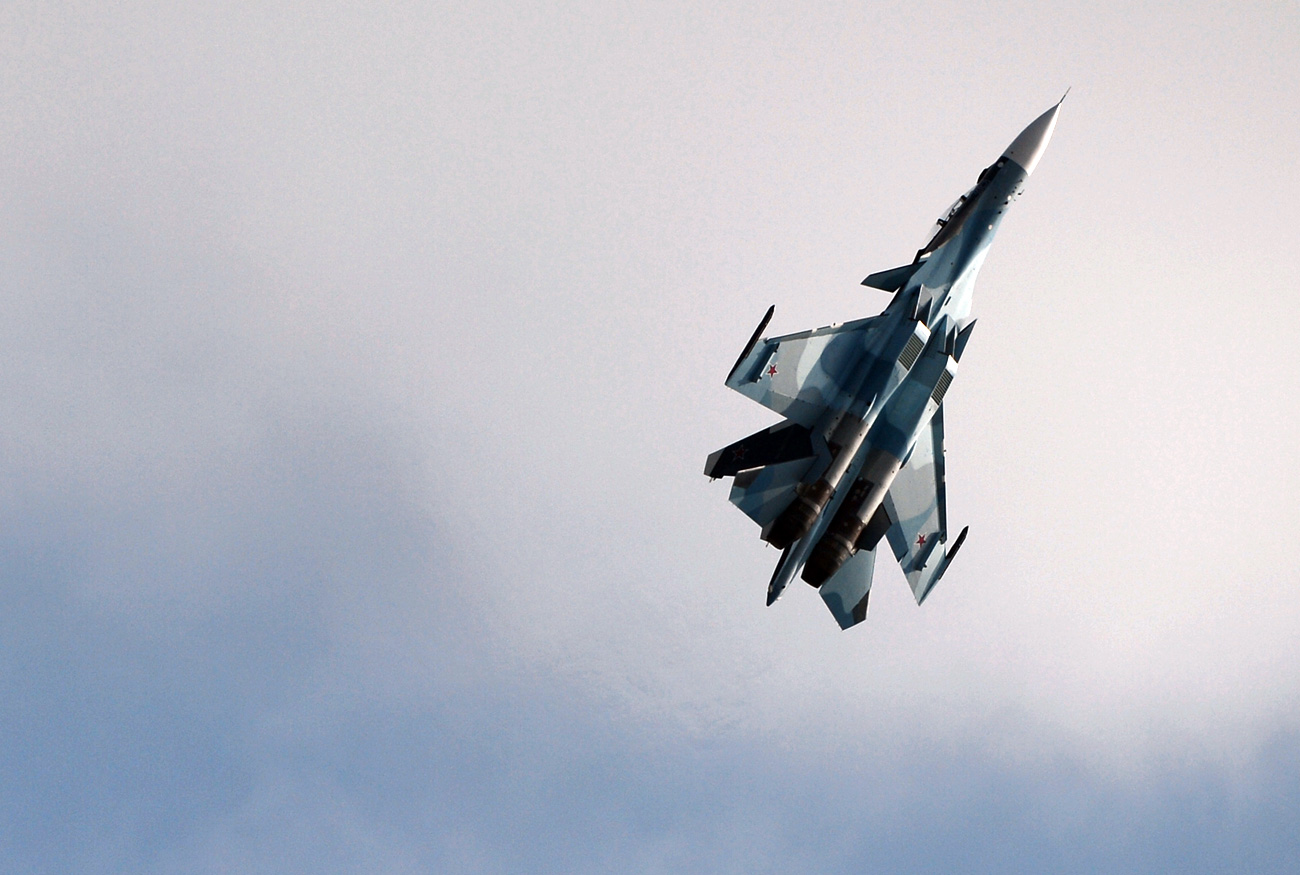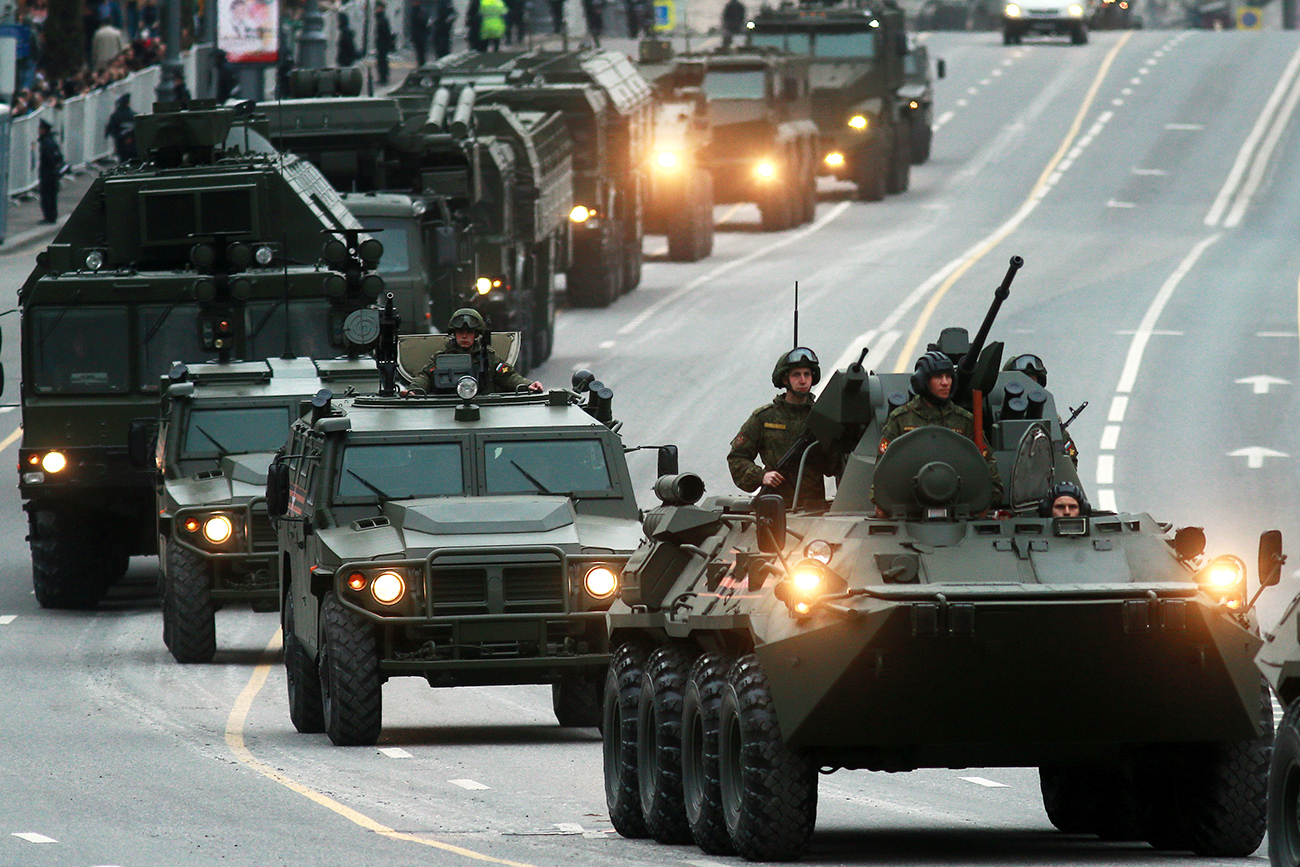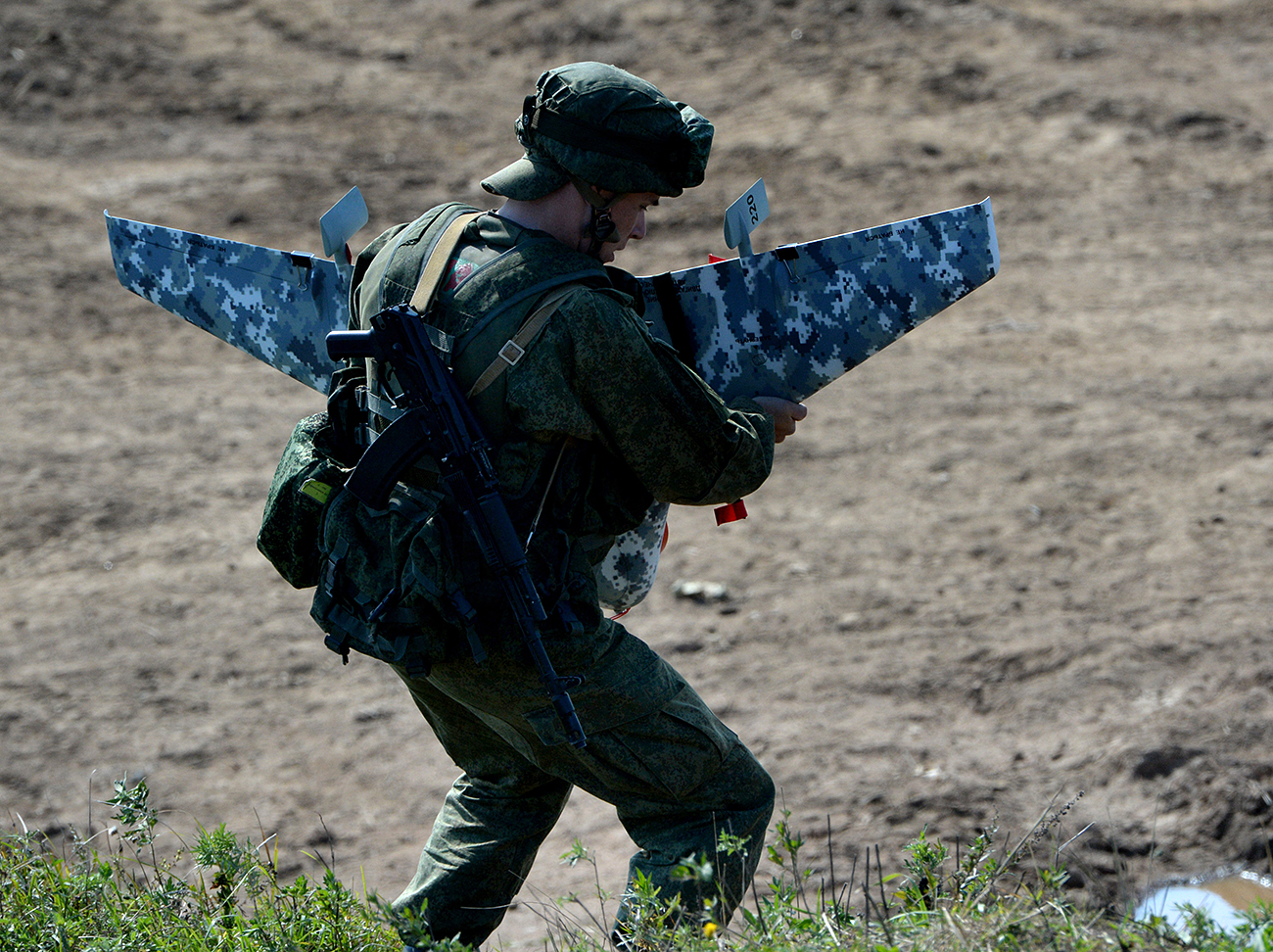How Russia’s sleeping satellites could wreak havoc on the West
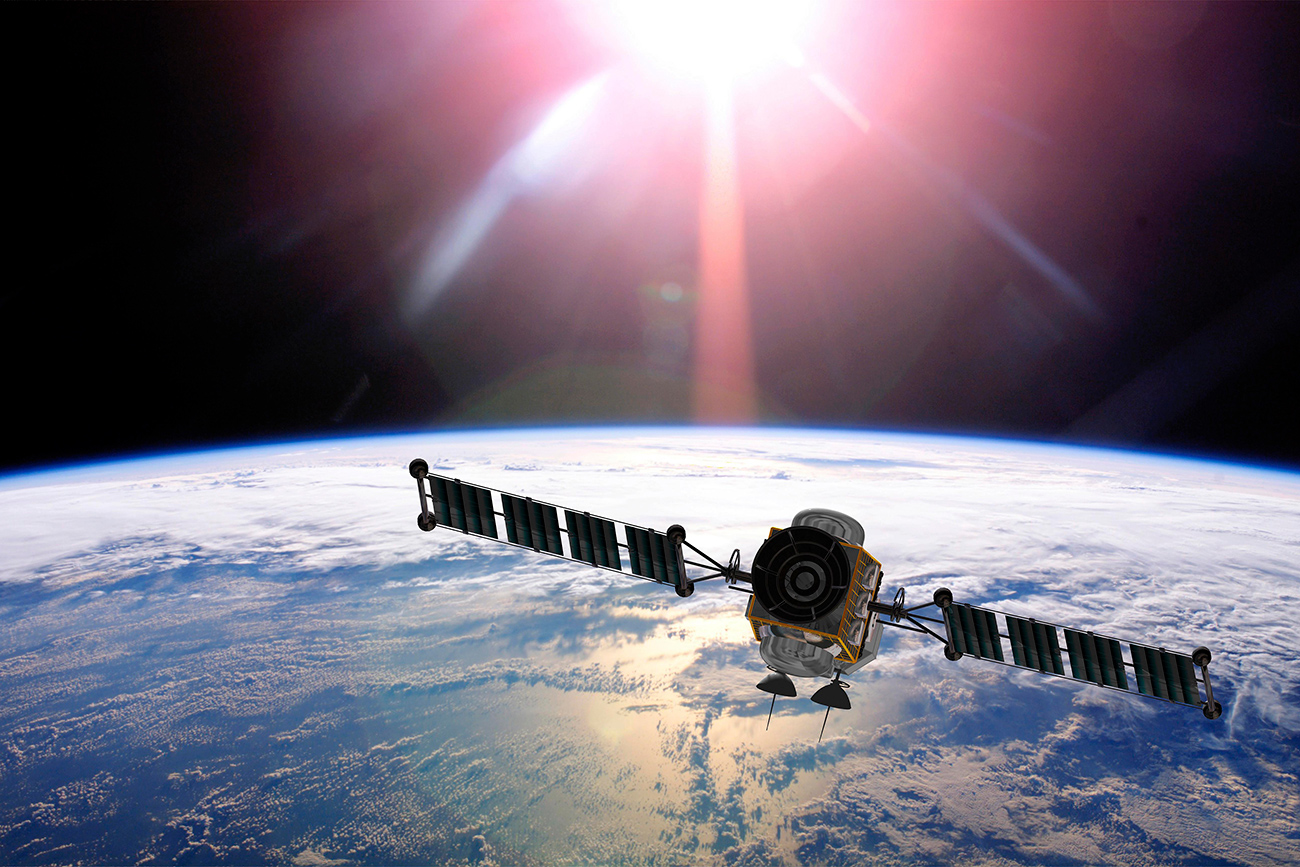
Russia may be able to launch an attack on any adversary’s space assets.
Global Look PressThree Russian satellites that were sent into low earth orbit in 2013 and were dormant all these years have been lately spotted moving in an unpredictable pattern.
Nobody in space circles knows what these satellites, code named Kosmos-2491, Kosmos-2499 and Kosmos-2504, are capable of.
Some say they could be refueling other satellites or cleaning up space debris. Russian space agency chief Oleg Ostapenko claimed in 2014 that the satellites were for peaceful purposes.
Perhaps Ostapenko is right and the satellites do have peaceful uses, but they could also have anti-satellite (ASAT) capability.
Such satellites can easily launch an attack on any adversary’s space assets and cripple his communication and intelligence gathering systems, delivering a knockout punch before the guns open up on the ground.
This is a capability Moscow has possessed since 1968 and was acquired via the Istrebitel Sputnikov or satellite killer project.
Considering Russia’s lead in ASAT development, its current satellites are surely more advanced. Instead of merely having the ‘dumb’ capability of colliding with the enemy’s satellite – a process which would destroy the attacker as well – today’s smart ASATs may be able to ‘fry’ the enemy satellite’s electronics.
A coordinated attack on the adversary’s space assets would hamper his ability to launch missiles or detect the launch of Russian missiles. Without being able to communicate with his military forces, the adversary would have no choice but to back off.
Asymmetric warfare
As Russia has a much smaller economy compared with the U.S. and some European countries, Moscow has pursued the development of weapons that allow it to take down a much larger adversary.
Over the past decades it has come up with a range of weapons that can virtually shut down the enemy’s war fighting capacity – without firing a shot.
According to Defense News, Russia maintains an ability to destroy command-and-control networks by jamming radio communications, radars and GPS signals.
In contrast with the U.S., Russia has large units dedicated to electronic warfare, which it dedicates to ground electronic attack, jamming communications, radar and command-and-control nets.
Blinding the U.S. Navy
During the Crimea crisis, in spring 2014 the U.S. sent a destroyer into the Black Sea. The ship was repeatedly buzzed up by a Russian Sukhoi-24 jet fighter, which was able to blind the ship’s sophisticated Aegis phased array radar, which is now ubiquitous in NATO warships.
Here is a summary of the incident from Live Leak:
“The U.S. destroyer USS Donald Cook, equipped with Tomahawk cruise missiles entered the neutral waters of the Black Sea on April 10, 2014. The purpose was a demonstration of force and intimidation in connection with the position of Russia in Ukraine and Crimea. The appearance of American warships in these waters is in contradiction of the Montreux Convention about the nature and duration of stay in the Black Sea by the military ships of countries not washed by this sea.”
According to the Live Leak, Russia, in response, sent an unarmed Su-24 bomber to fly around the U.S. destroyer.
It adds: “However, experts say that this plane was equipped with the latest Russian electronic warfare complex."
"According to this version, Aegis spotted from afar the approaching aircraft, and sounded the alarm. Everything went normally, and the American radars calculated the speed of the approaching target. But suddenly all the screens went blank. Aegis was not working any more, and the rockets could not get target information.”
The Russian bomber flew over the deck of the destroyer, did a battle turn and simulated a missile attack on the target, Live Leak says. “Then it turned and repeated the maneuver. And did so 12 times.”
The U.S. Navy has denied its ship’s command, control and communication systems were shut down by the Russian aircraft. However, the U.S. Air Force (USAF) is more up-front.
Jamming the F-22
The ultra-secret F-22 stealth fighter is the most advanced stealth fighter in the world, but a Pentagon report says the U.S. military is increasingly worried that the F-22’s long-range air-to-air missiles could be jammed, leaving American air space vulnerable to enemy aircraft.
The Russians have developed advanced jammers that memorize an incoming signal from the radar of an air-to-air missile and repeat it back to the sender, impacting the missile’s performance.
Worse, because the Raytheon AIM-120 AMRAAM is the primary long-range weapon for all U.S. and most allied fighter planes, the new Russian jammers could neutralize entire NATO air forces.
That means it could take several missile shots to kill an enemy fighter, even for an advanced stealth aircraft like the F-22, says a senior USAF officer. Older American fighters like the F-15, F-16 or F/A-18 will face the same problem.
Microwaving drones
Russia's United Instrument Manufacturing Company (OPK) says it has developed the world’s first weapon that uses microwave energy to target military drones.
The weapon has undergone successful prototype testing and is ready to be rolled out. Instead of using rounds of bullets or shells to destroy a target, this new weapon uses directed microwave energy.
Such capability has been displayed brilliantly in Ukraine and to some extent in Syria. Jamming equipment such as the Krasukha04, which works against radar and aircraft, has been used to utterly neutralize Ukraine's U.S. supplied drones.
A Foreign Policy report: “Just hours after Russian electronic warfare equipment crossed the Ukrainian border, Ukrainian troops began to find that they could not use their radios and phones for hours at a time.”
Moreover, every single drone was subjected to military grade GPS jamming. The commander of U.S. Army units in Europe, Lt. General Ben Hodges, described Russia’s electronic warfare capabilities in Ukraine as “eye-watering.”
The ease with which the Russians jammed Ukraine’s drones and communication systems suggests that Moscow has been preparing for a much wider conflict.
According to Dmitry Gorenburg, a research analyst at the Center for Naval Analyses in Washington, these capabilities were never aimed at Ukraine but were aimed at a more serious adversary in the shape of NATO.
The U.S. Army’s Foreign Military Studies Office is certain that Russia boasts a growing electronic warfare capability that’s motivated by political and military support, which is why it is able to blind or disrupt digital communications in a bid to level the playing field when it is fighting a conventional foe that is superior to its military.
Battling Russian electronic warfare
Currently, just 813 soldiers make up the U.S. Army’s electronic warfare mission. With the army force levels expected to plummet from 450,000 in 2017 to 420,000 over the coming years, the U.S. is unable to divert personnel into the critical area of electronic warfare.
Plus, as the U.S. military is facing funding cutbacks, Russia's lead in electronic warfare seems secure for the foreseeable future. “They have companies, they have battalions, they have brigades that are dedicated to the electronic warfare mission,” Col. Jeffrey Church, who is the U.S. Army’s chief of electronic warfare, told Foreign Policy.
Those units are deploying “with specific electronic warfare equipment, with specific electronic warfare chains of command,” he said.
The primary reason for the U.S. falling behind in electronic warfare capability is its focus on spying while neglecting its electronic attack forces.
The tens of billions of dollars the Pentagon and the vast American intelligence gathering community has invested in signal interception allows global monitoring 24/7 but the country’s ability to act on this information is limited.
Says Laurie Buckhout, former chief of the U.S. Army's electronic warfare division: “We have great signals intelligence, and we can listen all day long, but we can't shut them down one-tenth to the degree they can us. We are very unprotected from their attacks on our network.”
Rakesh Krishnan Simha is a New Zealand-based journalist and foreign affairs analyst, with a special interest in defence and military history. He is on the advisory board of Modern Diplomacy, a Europe-based foreign affairs portal. He tweets at @byrakeshsimha. The views expressed here are the author’s own and do not necessarily reflect those of RBTH.
If using any of Russia Beyond's content, partly or in full, always provide an active hyperlink to the original material.
Subscribe
to our newsletter!
Get the week's best stories straight to your inbox
